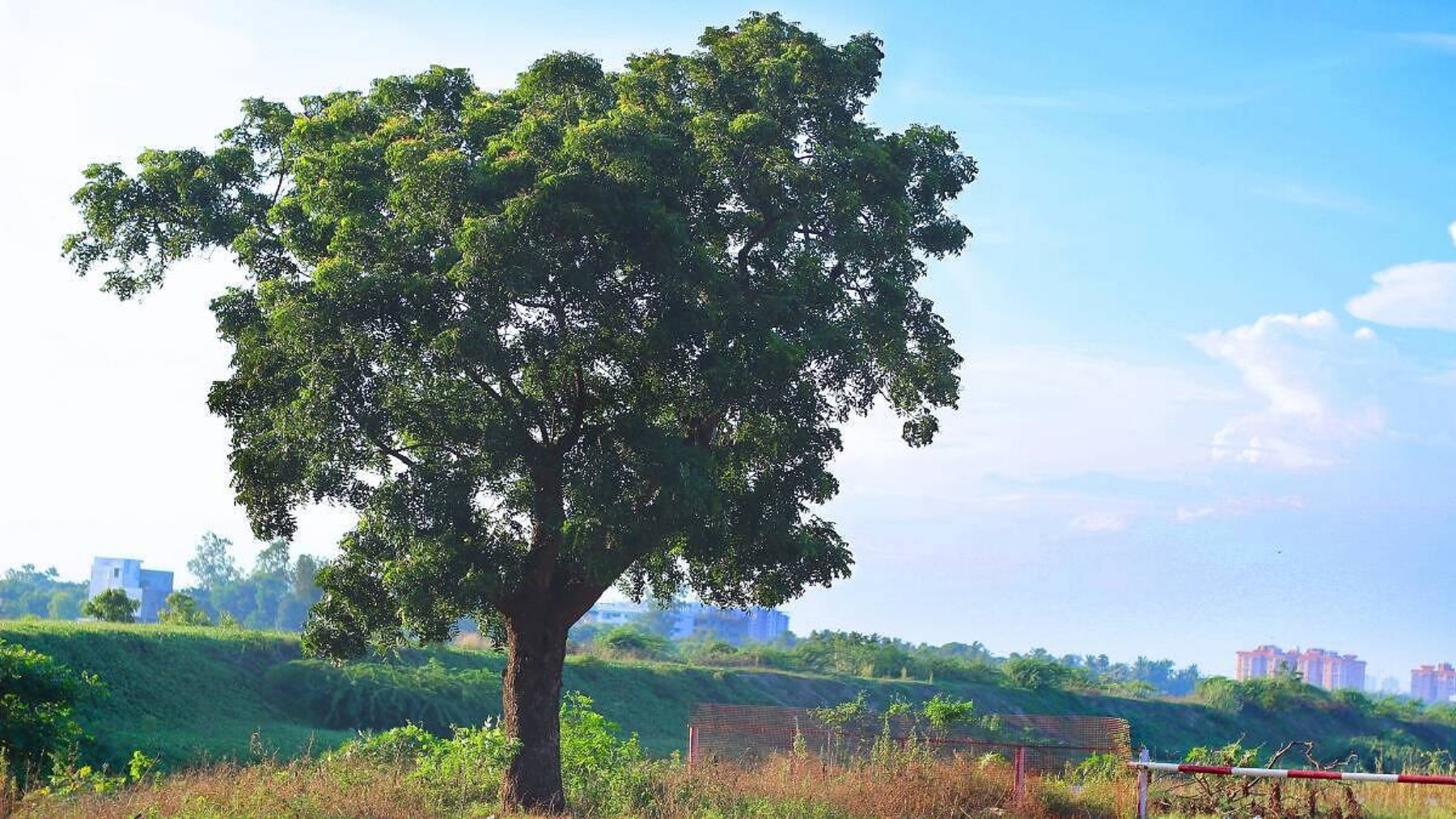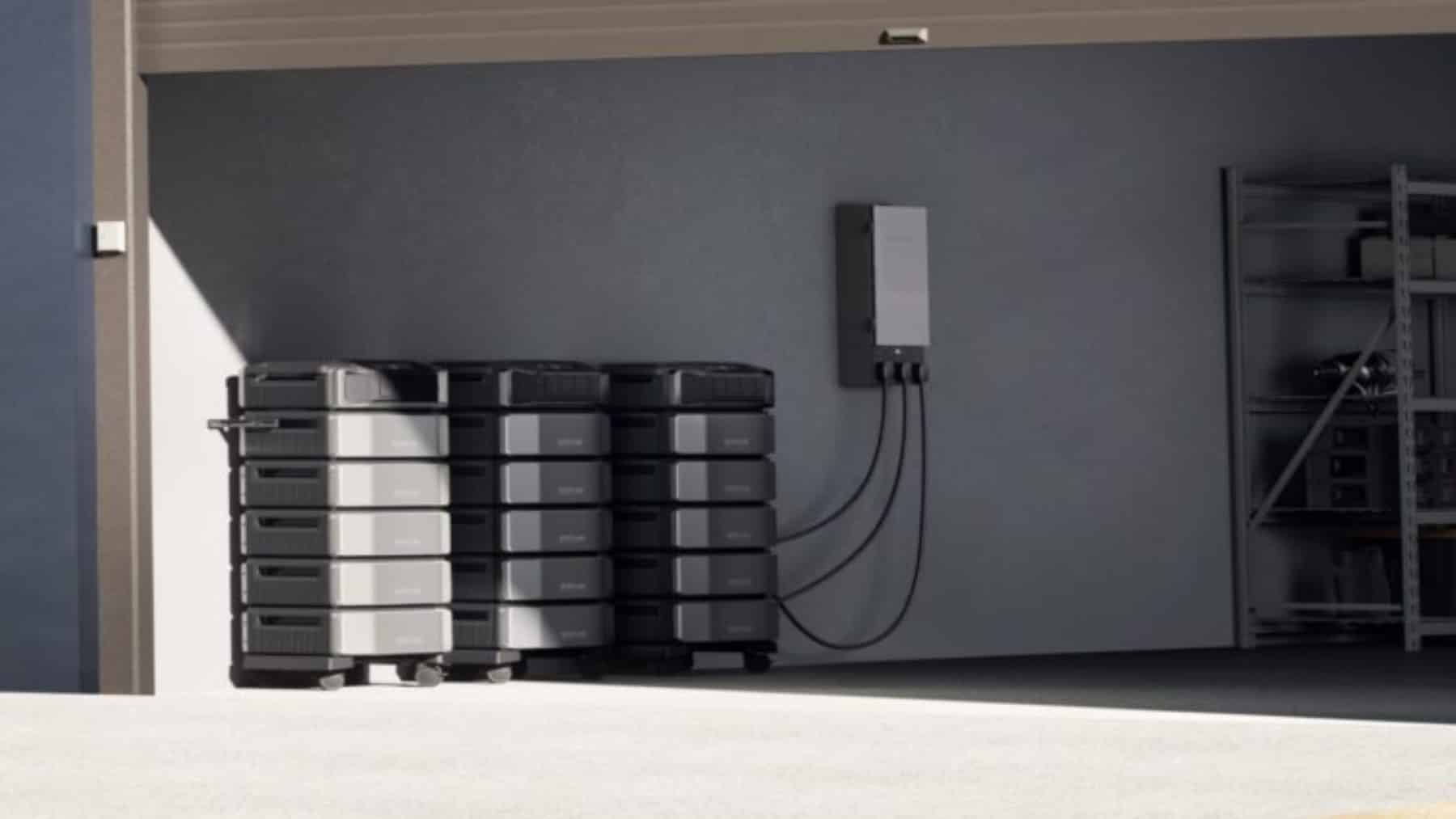Do you know about the neem tree (Azadirachta indica) or margosa? It is a tree native to the tropical subcontinent of India. It has multiple benefits, and from its seeds, neem oil is extracted, which serves as a broad-spectrum pesticide, useful for repelling young pests and stopping the spread of disease in its plants. The cake that remains after pressing the seeds serves as a nematicide and fertilizer, enriching the soil with minerals such as calcium, potassium, nitrogen, magnesium, and phosphorus. This type of tree thrives naturally in places with high temperatures.
They are also very drought tolerant, which makes them one of the species considered essential for reforestation in some dry regions like the Sahel. On the other hand, they can also be planted in cold climates as long as it is done indoors (such as in a container), and with the appropriate care, which is different from that of neem trees planted outdoors. According to House Digest’s master gardener, Tiffany, it is advisable to use a specific fertilizer for shade trees, like Espoma Organic Tree-tone, as it also prevents the appearance of scale insects and is useful against agricultural pests.
The neem tree (Azadirachta indica)
Originating from India and Myanmar, the neem tree is also known as ‘the pharmacy of nature.’ It has been a resource in Ayurvedic medicine due to its many antimicrobial, anti-inflammatory, and medicinal properties. It is native to tropical and subtropical climates, which allows it to withstand extremely high temperatures above 40ºC. Its leaves, seeds, and bark not only provide bioactive compounds used in cosmetics and oral care, but one can also obtain natural insecticide from them. In the end, it will turn out to be true that it is a natural pharmacy.
How should I care for my neem tree?
As we have already mentioned, this is a tree that grows easily in warm environments. However, if you want to plant it in a cold climate, it is sufficient to do so indoors or in a container. If that is the case, some care must be taken into account which differ from specimens found outdoors. These trees, also known as Margosa trees, prefer sandy, deep soils with good drainage.
It is not recommended to water them too much; in fact, it is better to err on the side of underwatering than overwatering. However, this is one of the aspects where the difference of being outdoors or indoors is important, because in the latter case, watering is highly important, and they should only be watered when the soil is dry. Additionally, it is important to use a balanced, water-soluble fertilizer at least once a month.
Obtaining the natural pesticide
There are many benefits that can be obtained from this species of tree. Have you heard about neem oil? It is a broad-spectrum pesticide obtained by pressing neem seeds. It is used to repel and suffocate pests such as caterpillars, beetle larvae, mealybugs, aphids, whiteflies, and thrips. Additionally, the residual seed cake that remains after extraction serves as a nematicide and fertilizer, enriching the soil with nitrogen, potash, phosphorus, magnesium, and calcium. The leaves not only act as a repellent for butterflies but also reduce soil acidity. One of its main advantages is the amount of shade provided by its rounded crowns.
What do experts say?
Tiffany, a master gardener at House Digest, recommended that if you have a neem tree in your care, it is important to use a quality fertilizer like Espoma Organic Tree-tone. “Potted neem trees should be fertilized monthly while they are actively growing outdoors. When they are brought indoors for the winter, new growth will slow down or stop. They should not be fertilized during this dormant period”. Experts recommend being consistent in the care of neem trees, especially during the first few years, to ensure they grow upright and strong.





